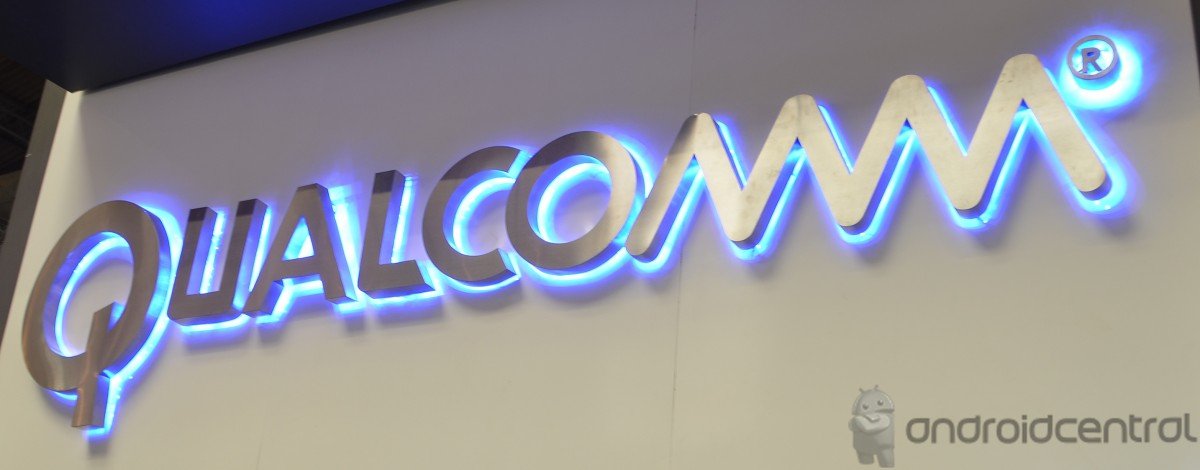Qualcomm announces its own SDK to give devs a leg up on Snapdragon

Qualcomm this morning announced the Snapdragon SDK at its Uplinq conference, "giving developers and device makers the ability to differentiate their applications on devices by exposing a new set of value-added features." Kinda makes you wonder what they were doing with them before, but SDKs, in are opinion, are good things any day of the week.
So what kind of things can hardware manufacturers (who really should have access to all this stuff anyway -- Qualcomm's just making it easier) have at their disposal? Here's another handy bullet list.
- facial processing, such as blink and smile detection, which makes it easier to take better pictures of people in groups;
- burst capture, which leverages zero shutter lag to photograph a stream of images at once to select the best shot;
- surround sound recording for better audio capture;
- hardware echo cancellation for better real-time audio experiences;
- sensor gestures (tap-left/tap-right, push/pull, face-up/face-down, tilt) that enable developers and device makers to push the envelope on new, differentiated user interfaces;
- low power always on geofencing capabilities; and
- indoor location that enables apps to continue providing accurate location information even when the user is indoors.
Some of these features should be plenty familiar, of course. Face-detection is nothing new, but Qualcomm's been giving it a big push in recent months. Same for burst photos, which you can find on just about any new phone.
The SDK's in preview right now, with the full release coming later this year. We've got the full presser after the break.
Qualcomm Announces Snapdragon SDK for Android at Uplinq Developers Conference
SDK Designed to Give Developers Access to Powerful Features Found in Snapdragon-powered Devices -
SAN DIEGO, June 26, 2012 /PRNewswire/ -- Qualcomm Incorporated (NASDAQ: QCOM) today announced the Snapdragon™ SDK for Android at the Uplinq® 2012 developers conference, giving developers and device makers the ability to differentiate their applications on devices by exposing a new set of value-added features. A preview release of the SDK is now available on Qualcomm's developer site and the full SDK will be available to device manufacturers and developers in the coming months.
Get the latest news from Android Central, your trusted companion in the world of Android
The Snapdragon SDK for Android enables mobile developers to access next-generation technology and features of Snapdragon processors via Application Programming Interfaces (APIs) not otherwise available. Initially, the SDK will support devices with the Snapdragon S4 8960 processor, and it is anticipated that the SDK will support future Snapdragon processors across multiple tiers over time.
"The most powerful applications in mobile are those that are tightly integrated with the underlying hardware," said Rob Chandhok, president of Qualcomm Internet Services and the company's senior vice president for software strategy. "Qualcomm is always striving to enable developers and device makers to differentiate their offerings via the unique capabilities found in its industry-leading Snapdragon mobile processors. With the Snapdragon SDK for Android, developers and manufactures can now more easily utilize these features as they work to set their products apart in a crowded ecosystem."
The Snapdragon SDK for Android is designed to allow developers to harness the additional capabilities of devices with Snapdragon processors while retaining compatibility across multiple Android devices. Together with the latest hardware development devices, including the Snapdragon S4 MDP smartphone and the Snapdragon S4 MDP tablet, developers will be able to develop on-target with a suite of Snapdragon SDK capabilities, allowing for testing and debugging in advance of commercial handset releases.
Some of the new features and benefits of the Snapdragon APIs in the preview release of the SDK include:
- facial processing, such as blink and smile detection, which makes it easier to take better pictures of people in groups;
- burst capture, which leverages zero shutter lag to photograph a stream of images at once to select the best shot;
- surround sound recording for better audio capture;
- hardware echo cancellation for better real-time audio experiences;
- sensor gestures (tap-left/tap-right, push/pull, face-up/face-down, tilt) that enable developers and device makers to push the envelope on new, differentiated user interfaces;
- low power always on geofencing capabilities; and
- indoor location that enables apps to continue providing accurate location information even when the user is indoors.
Developers can learn more about the Snapdragon SDK for Android at the Qualcomm Developer Network website or by following @Qualcomm_Dev on Twitter for the latest information and news with the SDK.

